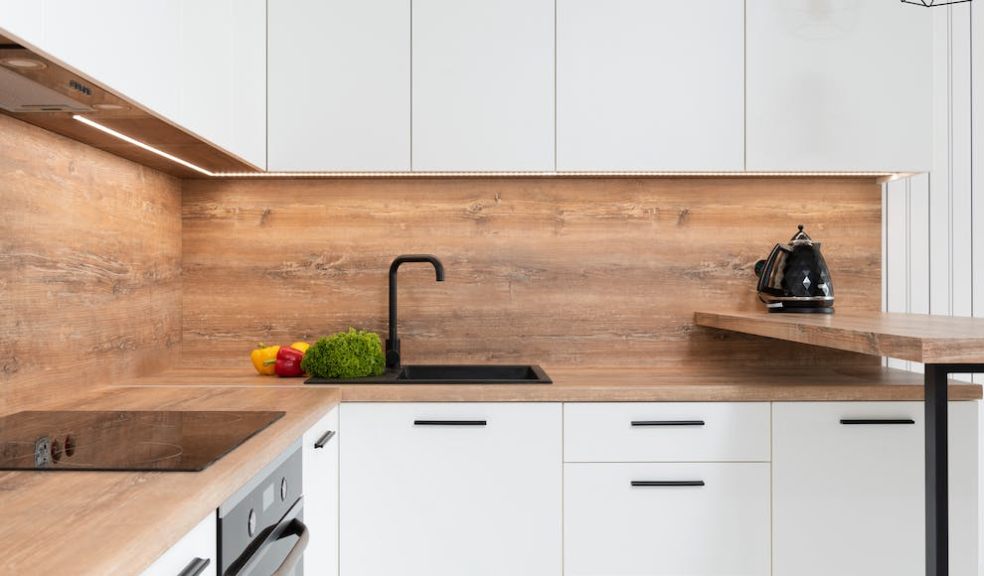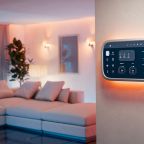
Sustainable Design: Emphasis on Eco-Friendly Materials and Practices
As we step into an era where environmental responsibility is not just valued but expected, the realm of design has undergone a significant transformation. Sustainable design, with its emphasis on eco-friendly materials and practices, is at the forefront of this change, reshaping the way we envision and create our living and working environments. This approach is not merely about aesthetic appeal; it's a deeper commitment to reducing environmental impact and promoting a healthier planet. Sustainable design integrates innovative materials and energy-efficient methods, setting a new standard in the architectural and interior design industries. It reflects a growing consciousness about the long-term effects of our choices on the environment.
By prioritising sustainability, designers and architects are not only creating spaces that are beautiful and functional but are also contributing to the preservation and well-being of our natural world. This holistic view of design is a testament to the evolving relationship between human habitats and the environment, steering towards a future where both can thrive in harmony.
The Philosophy of Sustainable Design: Beyond Aesthetics
The philosophy of sustainable design extends far beyond mere aesthetics, embedding itself as a fundamental principle in contemporary design discourse. This approach is not only about the visual appeal of spaces but also about their environmental impact and functional longevity. Central to this philosophy is the integration of materials that are both eco-friendly and durable, such as wood worktops. These elements serve as more than just a surface; they represent a commitment to sustainability and a connection to the natural world. Wood worktops, sourced from responsibly managed forests, embody a blend of beauty, functionality, and ecological sensitivity. This alignment with sustainable design principles highlights the material's versatility and its role in creating spaces that are both stylish and respectful of the environment. By incorporating wood worktops and similar materials, sustainable design transcends the conventional focus on aesthetics, offering a holistic approach that considers the environmental life cycle of design elements. This philosophy champions not just the creation of visually appealing spaces, but the cultivation of environments that are in harmony with nature, demonstrating how design can be both beautiful and ethically responsible.
Eco-Friendly Materials in Modern Design: A Deeper Dive
In the quest for sustainability, the choice of materials plays a pivotal role. Eco-friendly materials are characterised by their low environmental impact, often sourced from renewable resources and manufactured through energy-efficient processes. These materials, such as bamboo, recycled glass, and low-VOC paints, are increasingly becoming popular in modern design. Among these, wood, especially from sustainably managed forests, stands out for its versatility, durability, and natural beauty. Wood worktops, for instance, exemplify how a material can offer both aesthetic and environmental benefits. They bring a sense of warmth and elegance to any space while being inherently sustainable. The use of such materials reflects a commitment to environmental responsibility and a shift towards more mindful consumption patterns in the design industry.
Collaborative Efforts in Sustainable Design
Achieving truly sustainable designs often requires the expertise of various professionals, including architects, interior designers, and MEP consultants. MEP (Mechanical, Electrical, and Plumbing) consultants specialise in creating building systems that are energy-efficient and environmentally responsible, ensuring that sustainable materials are complemented by optimal building performance. Their involvement is crucial in integrating eco-friendly materials with systems that reduce energy consumption and promote sustainability.
Eco-Design in Consumer Goods
The concept of eco-design has transcended traditional boundaries, now permeating a wide range of consumer goods, revolutionising how we think about everyday products. In this sustainable era, biodegradable furniture has emerged as a game-changer, combining functionality with environmental consciousness. Made from materials that can naturally decompose, this furniture minimises waste and reduces the ecological footprint, marking a significant shift from conventional furnishing options. Similarly, recycled tableware is gaining popularity, showcasing how reprocessed materials can be given a new lease of life, transforming into stylish and practical household items. These pieces not only reduce waste but also lessen the demand for virgin materials, contributing to a more circular economy.
The spread of eco-design across various consumer goods reflects a growing awareness and demand for products that align with sustainable living, illustrating that the path to environmental sustainability can be both practical and imaginative.
The Impact of Sustainable Practices in Design and Construction
Adopting sustainable practices in design and construction has a profound impact on the environment and society. Sustainable design principles encourage the use of energy-efficient systems, waste reduction, and the minimisation of harmful emissions. This approach leads to the creation of healthier living environments, improving the well-being of the occupants. Moreover, sustainable design contributes to the conservation of resources, ensuring their availability for future generations. In construction, practices such as efficient waste management, use of renewable energy, and green building certifications like LEED, play a crucial role in reducing the ecological footprint of buildings. This conscious approach in design and construction not only addresses current environmental challenges but also sets a precedent for future projects, promoting a more responsible and sustainable way of building.
Future Trends: Where Sustainable Design is Headed
The future of sustainable design looks promising, with emerging trends indicating a continued evolution towards more environmentally conscious practices. Technological advancements are playing a key role, with innovations in sustainable materials and energy-efficient systems. There is a growing interest in biophilic design, which integrates nature into urban environments, promoting a deeper connection between humans and their natural surroundings. Additionally, the concept of net-zero buildings, which produce as much energy as they consume, is gaining traction. The use of smart technology in managing resources and enhancing energy efficiency is also on the rise. As awareness and demand for sustainability grow, we can expect to see more integration of these practices in mainstream design and construction. The future of design is not just about aesthetics or functionality; it's about creating spaces that are sustainable, healthy, and in harmony with the environment.
Conclusion
Sustainable design represents a thoughtful and necessary shift in the way we conceive our spaces. It's a multidimensional approach that encompasses aesthetics, functionality, and most importantly, environmental responsibility. The use of eco-friendly materials like wood worktops, coupled with sustainable practices in design and construction, paves the way for a more harmonious relationship with our planet.
As we look towards the future, it's clear that sustainable design will continue to evolve and play a crucial role in shaping a more ecologically conscious and resilient world. The journey towards sustainability is not just a trend; it's a collective responsibility and an opportunity to redefine our spaces for the betterment of our planet and future generations.













